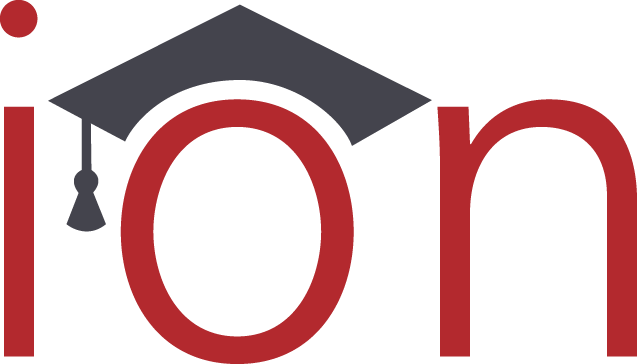Ready to be financially responsible in 2016?
With the New Year approaching, now is an opportune time to evaluate your financial situation and make a plan for reaching your money goals. It is easy to create a resolution, but in most cases, hard to stick to. That is why I developed five easy steps that will help you set a realistic New Year’s resolution and stick to it.
1. Set long and short-term goals, then write them down
What do you want to accomplish this year? Pay down your student loan debt? Pay off your credit card debt in the first four months of 2016? Figure it out, and then write down your goals. Keep your written goals handy to remind yourself throughout the year of what you want to accomplish. It is easy to become over-ambitious when the new year arrives, so set short-term goals to keep you focused and motivated. You may even want to give yourself a reward every time you meet a financial goal, because let’s face it, how many new outfits did you pass up to reach your goal? You deserve it.
2. Analyze last year’s spending
Tracking what you spent your money on in 2015 will allow you to identify frivolous spending patterns and decide where to cut back in 2016. When I did this a few years ago, I found out that I spent nearly $500 on coffee in one year! All those shots of espresso add up over time. If you find that you are spending too much money in areas that don’t satisfy you at the end of the year, you need to commit to cutting back on those purchases. This will give you more financial freedom in the long-run. Repeat this analysis each month to evaluate whether or not you stuck to your budget.
3. Prioritize what you owe
As 2016 begins, make a plan to pay down your debts as soon as possible. Prioritize those with a higher interest rate, so that you won’t be charged more than you need to be in the future. If you can swing it, pay more than the minimum payments. Your future self will be thanking your present self!
4. Create a realistic budget
Once you have a good idea of your goals, debts and spending patterns, create a realistic budget. Determine how much money you have coming in, then look at your fixed costs. These are the expenses that remain the same or close to the same each month. An example would be: rent, credit card payments, car payments, phone bill etc. After you have a numerical amount for both of those, subtract them (total income – fixed costs). The total will determine your “disposable money,” better known as flexible costs. These expenses are typically entertainment-based.
I use iontuition’s budget calculator tool to keep track of my expenses, set up payment reminders and get access to my budget on my smartphone. This has benefitted my finances in more ways than one.
5. Develop an emergency fund
I can speak to this based on experience. One thing I failed to do in 2015 was to create an emergency fund. I never really viewed this as a priority. I always told myself that I would figure it out if an emergency happened. Well, emergencies happened throughout the year: parking tickets, new car brakes, etc. and I found myself overly stressed and scrambling for money. This year, I’m resolving to put away even the smallest amount of money so when something happens, I have something to help pay it off.
Remember that a goal is not something you are granted, it is something you work towards. With determination, focus, and commitment you will be able to take control of your finances and achieve your goal in 2016!
As Blogger and budget aficionado, Tara K. helps students across the country enhance their knowledge about money management and everyday life. She is constantly looking for new ideas to transform into great advice for you. Pursuing a journalism major, Tara K. has a passion for the art of inquiry, which is conveyed through her writing.


